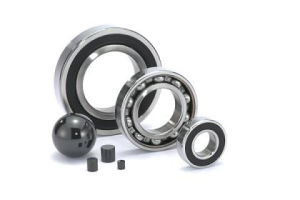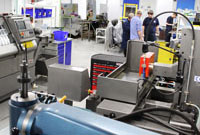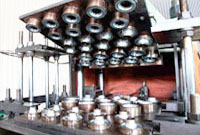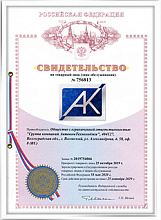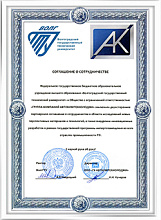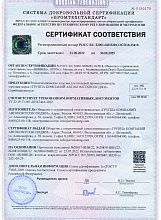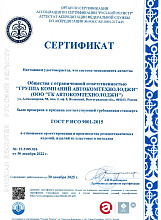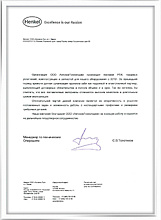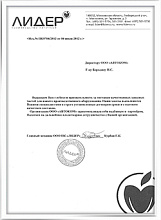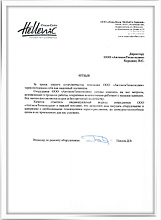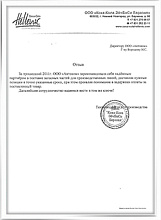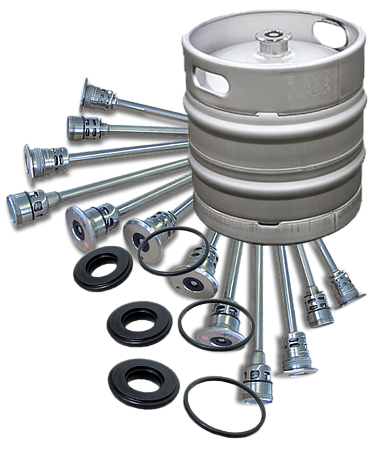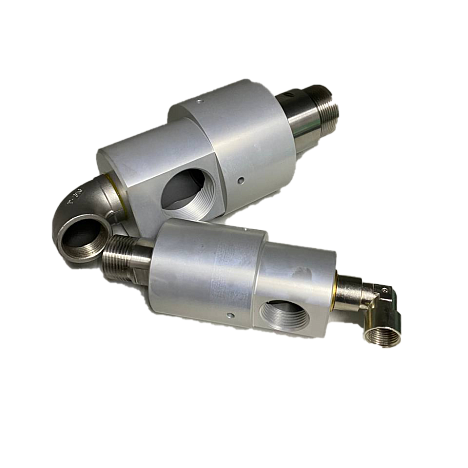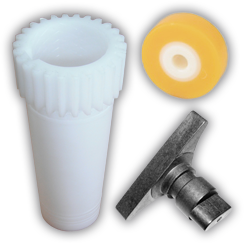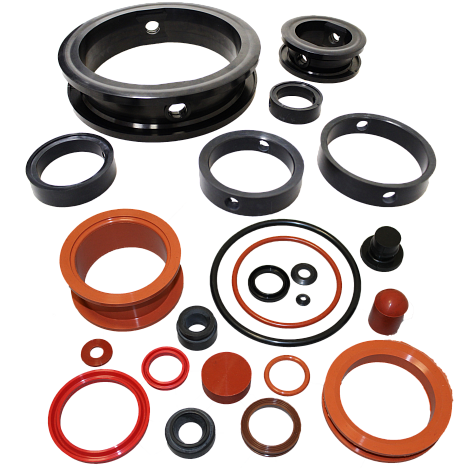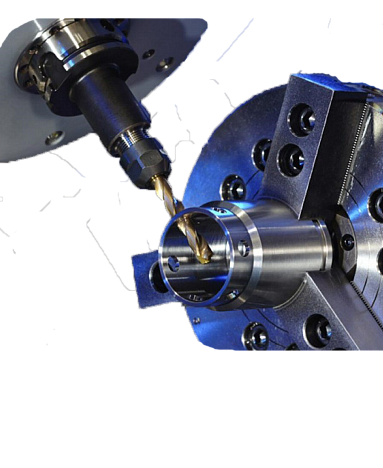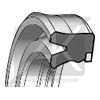HS-RSB2
Description:
RSB2 - cuff analogy with RSB type construction, but with the addition of a special anti-extrusion ring. This design is recommended for installation in places with a large extrusion gap and with high peak pressure drops.
Technical specifications:
Pressure: < 400 bar with a peak value of 500 bar at +60В°C.
Speed: < 0,5 m/s.
Temperature: from -35В°C to +100В°C with a peak value of +110В°C.
Operating environment: mineral and hydraulic oil.
Material:
Name: polyurethane (PU).
Addition: wear resistant polyurethane, resistant to hydrolysis.
Properties: has a high modulus of elasticity, low residual deformation and high abrasion resistance.
Hardness: Shore 93 В± 2.
Material code: CR.
Installation:
To prevent damage to the seal before installation, it is necessary to observe the allowable surface roughness (grinding of the landing groove).
The seal must always be lubricated before installation, which in turn facilitates installation and ensures perfect sealing performance.
For more information, see the Installation Instructions on page 1.2.14.
- Description
Description:
RSB2 - cuff analogy with RSB type construction, but with the addition of a special anti-extrusion ring. This design is recommended for installation in places with a large extrusion gap and with high peak pressure drops.
Technical specifications:
Pressure: < 400 bar with a peak value of 500 bar at +60В°C.
Speed: < 0,5 m/s.
Temperature: from -35В°C to +100В°C with a peak value of +110В°C.
Operating environment: mineral and hydraulic oil.
Material:
Name: polyurethane (PU).
Addition: wear resistant polyurethane, resistant to hydrolysis.
Properties: has a high modulus of elasticity, low residual deformation and high abrasion resistance.
Hardness: Shore 93 В± 2.
Material code: CR.
Installation:
To prevent damage to the seal before installation, it is necessary to observe the allowable surface roughness (grinding of the landing groove).
The seal must always be lubricated before installation, which in turn facilitates installation and ensures perfect sealing performance.
For more information, see the Installation Instructions on page 1.2.14.
 en
en
 Русский [ru]
Русский [ru]

